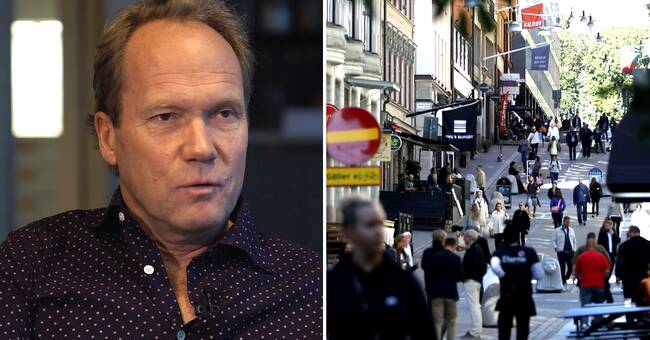There are only two ways to stop the corona pandemic.
Both aim to achieve so-called herd immunity.
Either herd immunity can be achieved through vaccination of the population, or by the virus spreading rapidly in society so that enough people develop their own immunity.
In order to achieve flock immunity, and thereby stop widespread spread, it is usually estimated that approximately 60 percent of the population must be immune.
Socially active people are more infected
- But the calculations that led to that figure are based on studies where a population has been vaccinated.
Then all types of people are vaccinated.
You do not take into account how socially active you are, says Tom Britton, professor of mathematics
- When it comes to the corona pandemic, I think we can achieve herd immunity much earlier than that, maybe already at 40-45 percent.
Based on the figure of 40-45 percent, Tom Britton has made new calculation models where he has also taken into account who it is that has been infected by covid -19.
In addition to the elderly and the sick in nursing homes, the virus has spread more quickly within certain groups.
More effective immunity
- What is a bit positive is that those who become immune tend to be those who are socially outspoken and those who are extra receptive.
Those who are infected first.
When these become immune, they are lifted away from the group that spreads the disease further.
It can be said that immunity is therefore more effectively distributed in the population
The big question then becomes WHEN Tom Britton expects us to achieve herd immunity without vaccines.
- The question is whether we want to achieve it.
That means many more deaths in that case.
I rather believe that we will have to live with certain restrictions which, in combination with the immunity achieved, make major outbreaks unlikely.
This strategy should be combined with testing and infection tracing to break new chains of infection early.

